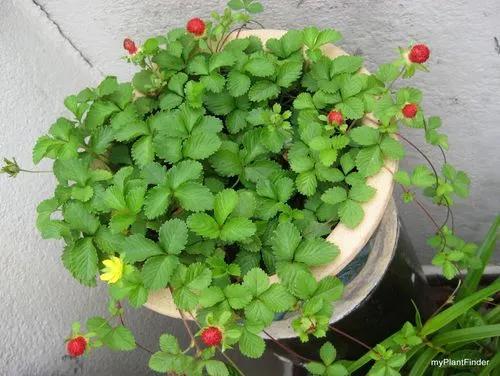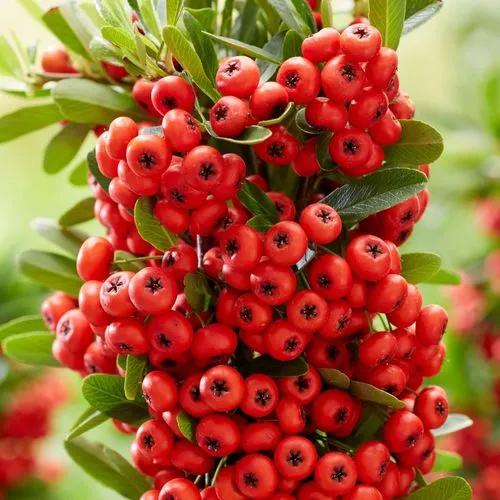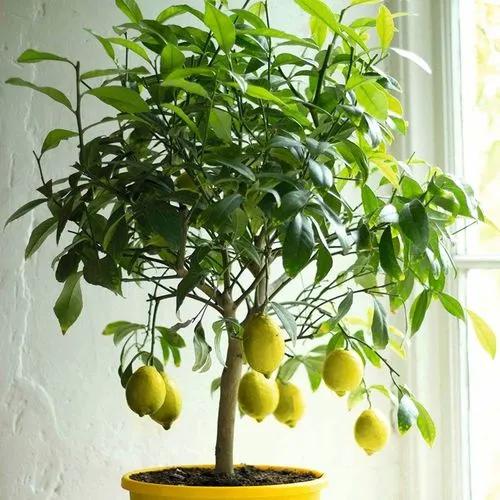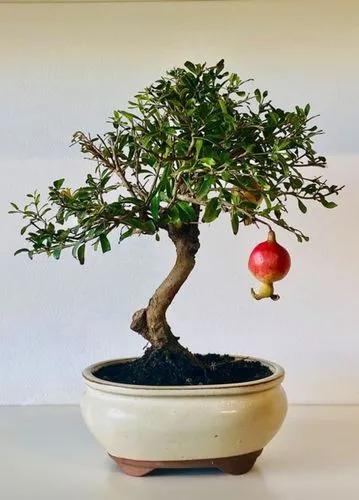Diospyros kaki, the Oriental persimmon, Chinese persimmon, Japanese persimmon or kaki persimmon, is the most widely cultivated species of the genus Diospyros. Although its first botanical description was not published until 1780, D. kaki is among the oldest cultivated plants, having been in use in China for more than 2000 years.
Oriental Persimmon Care
Diospyros Kaki



Similar in shape to an apple tree, the kaki tree reaches a size of up to 10 metres (33 ft). Its deciduous leaves are medium to dark green, broadly lanceolate, stiff and equally wide as long. Blooming from May to June, the trees are typically either male or female, but some produce both types of flowers. Furthermore, the sexual expression of a tree may vary from year to year. Unusually, the kaki fruits ripen when the leaves have mostly fallen off the tree, typically in October and November. (Northern Hemisphere).The persimmon is an edible sweet, slightly tangy fruit with a soft to occasionally fibrous texture. This species, native to China, is deciduous, with broad, stiff leaves. It was first cultivated in China more than 2000 years ago, and introduced to Japan in the 7th century and to Korea in the 14th century. It was later introduced to California and southern Europe in the 19th century, to Brazil in the 1890s. Numerous cultivars have been selected, and one variety is Diospyros kaki var. sylvestris Makino.
How to Care for the Plant

Popularity

2,373 people already have this plant 236 people have added this plant to their wishlists
Discover more plants with the list below
Popular articles






